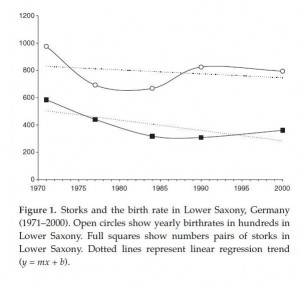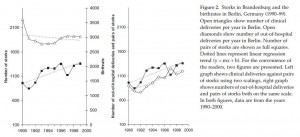The Pange Lingua is one of the great prayers of the Catholic Church. There are actually two hymns, one (the Vexilla regis) written by Venantius Fortunatus in honor of a relic of the Cross brought to the Merovingian court in November 569 and sung on Good Friday at the Liturgy of the Cross, the other (the Pange Lingua) written by St. Thomas Aquinas for Corpus Christi and sung on Maundy Thursday as the consecrated Host is taken to the Altar of Repose. The origins of the hymn, Father Hunwicke tells us, lie in the ribald victory songs of Roman soldiers. The lyrics link the cross to the trophy tree, a battlefield tree which victorious Greek and Roman soldiers decorated with the armor of their fallen enemies. The melody was used for the chants of ritual abuse by Caesar’s soldiers during victory processions. The hymn thus honors the full scope of human experience: it mourns the disaster of Good Friday and celebrates the triumph of Easter.
This version, from the album Illumination: Peaceful Gregorian Chants (CD, MP3 download), has become a PHD Holy Week tradition:















Recent Comments